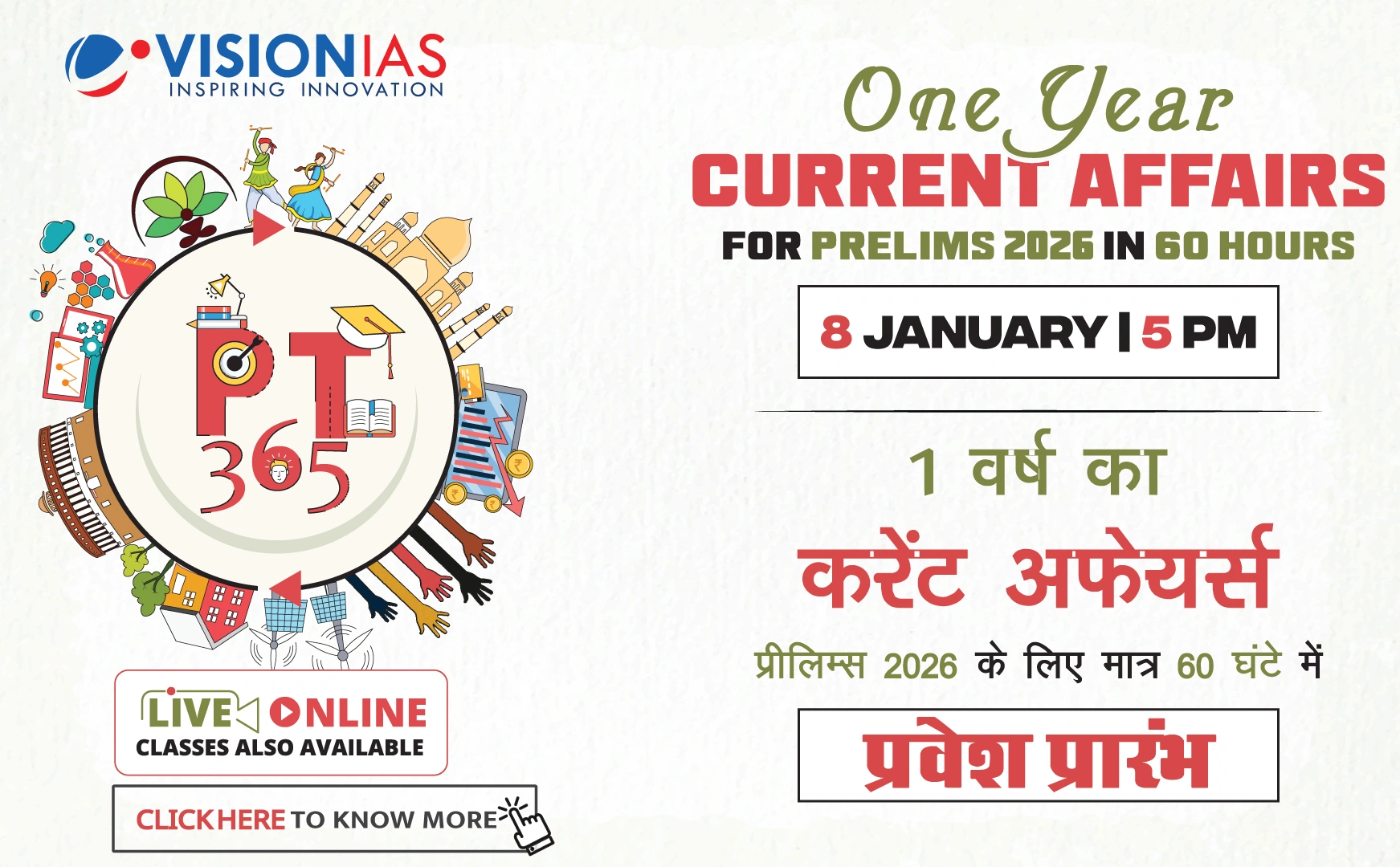Suicide Prevention in India
The suicide death rate in India has significantly reduced by 30% from 1990 to 2021, according to a study published in The Lancet Public Health. This analysis is part of the Global Burden of Diseases, Injuries and Risk Factors Study (GBD) 2021.
Key Findings
- The suicide death rate decreased from 18.9 per lakh in 1990 to 13 per lakh in 2021.
- Effective suicide prevention involves community collaboration, awareness, intervention, and support systems.
- Socio-economic triggers need to be addressed for more effective suicide prevention.
- Strengthening social support systems is deemed crucial to mitigate social isolation associated with suicide risk.
Gender-Specific Suicide Trends
- 2021 Suicide Statistics:
- 1.88 lakh total deaths by suicide, with 1.13 lakh men and 74,869 women.
- 1.08 lakh deaths occurred in the 15-39 age group.
- In women aged 15-39, suicide was the leading cause of death in 2021, while it was the second-leading cause in men after road injuries.
- The high suicide rate among females in South Asia and high-income Asia Pacific continues.
Global Suicide Trends
- Globally, there is a suicide death every 43 seconds, totaling 740,000 deaths annually.
- The global age-standardized mortality rate for suicide declined by nearly 40% since 1990.
- East Asia, particularly China, recorded the largest decline of 66% in suicide rates.
Contributing Factors and Recommendations
- Strong community networks help buffer against social isolation, a key suicide risk factor.
- Mental health interventions are critical, especially in low-income settings, to enhance access and reduce stigma.
- Public awareness campaigns are necessary to reduce stigma and promote help-seeking behavior.
Challenges and Considerations
- Education for women does not always correlate with empowerment, raising concerns about the effectiveness of educational empowerment.
- Understanding family problems, particularly for married women, is essential, as these issues often include domestic violence and challenges with spouse/in-laws.



